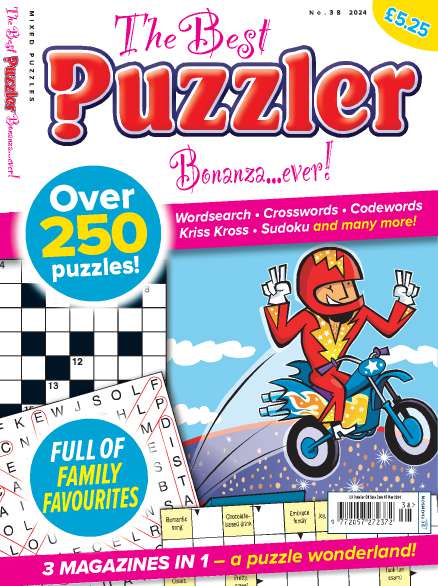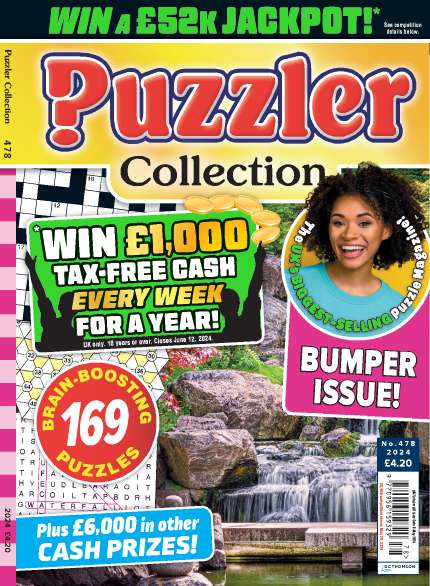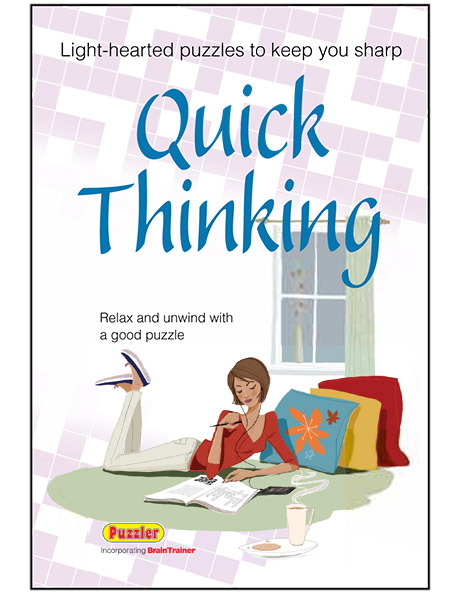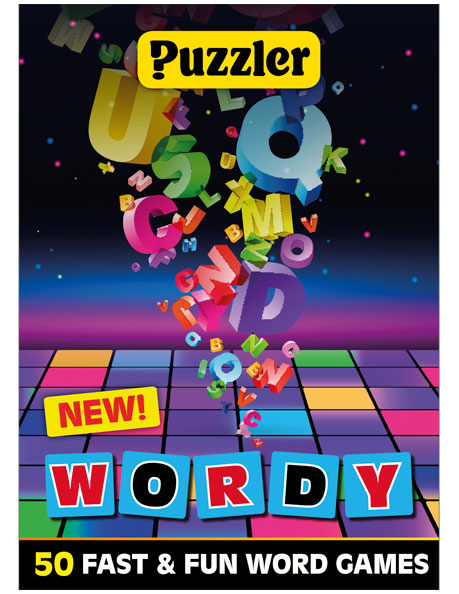Boxwise
The listed three-letter groups must be placed in the grid to form intersecting six-letter words. Be wary of hasty moves. It may be possible to fill any particular cell with more than one of the three-letter groups. Only by working through the next or several more moves will it become apparent which three-letter group belongs in a particular cell. A process of trial and error may be useful. The solver may sometimes find that they have correctly conjoined two three-letter groups, but have misplaced them in the grid.
A sound knowledge of English will help solvers to identify those three-letter groups that can form the start or ending of a word, and those that cannot. This will help them to eliminate possibilities for any given cell.
A three-letter group on its own may appear, or sound, different when it is part of a word. For example, the three-letter group SAL is pronounced as it looks when part of the word SALARY, but is not when it forms part of the word SALMON.
Solvers may also find it easier to identify six-letter words where the two halves each comprise complete syllables, as in SAL (one syllable) + ARY (two syllables), forming the word SALARY. It may be harder to put together three-letter groups that together form a one-syllable word, eg BLE + ACH forming BLEACH.
Where arrows appear in the grid, these indicate which pairs of boxes combine to form a six-letter word. Where numbers appear in the grid, these are solely used for reference purposes in the solutions.
Instructions
Place three-letter groups or syllables into the boxes of the grid so that complete six-letter words are formed. Each word starts in one box and finishes in another.
Related Puzzles
Niners Two-By-Two Two's Company Word ChainFeatured In
Related Products







